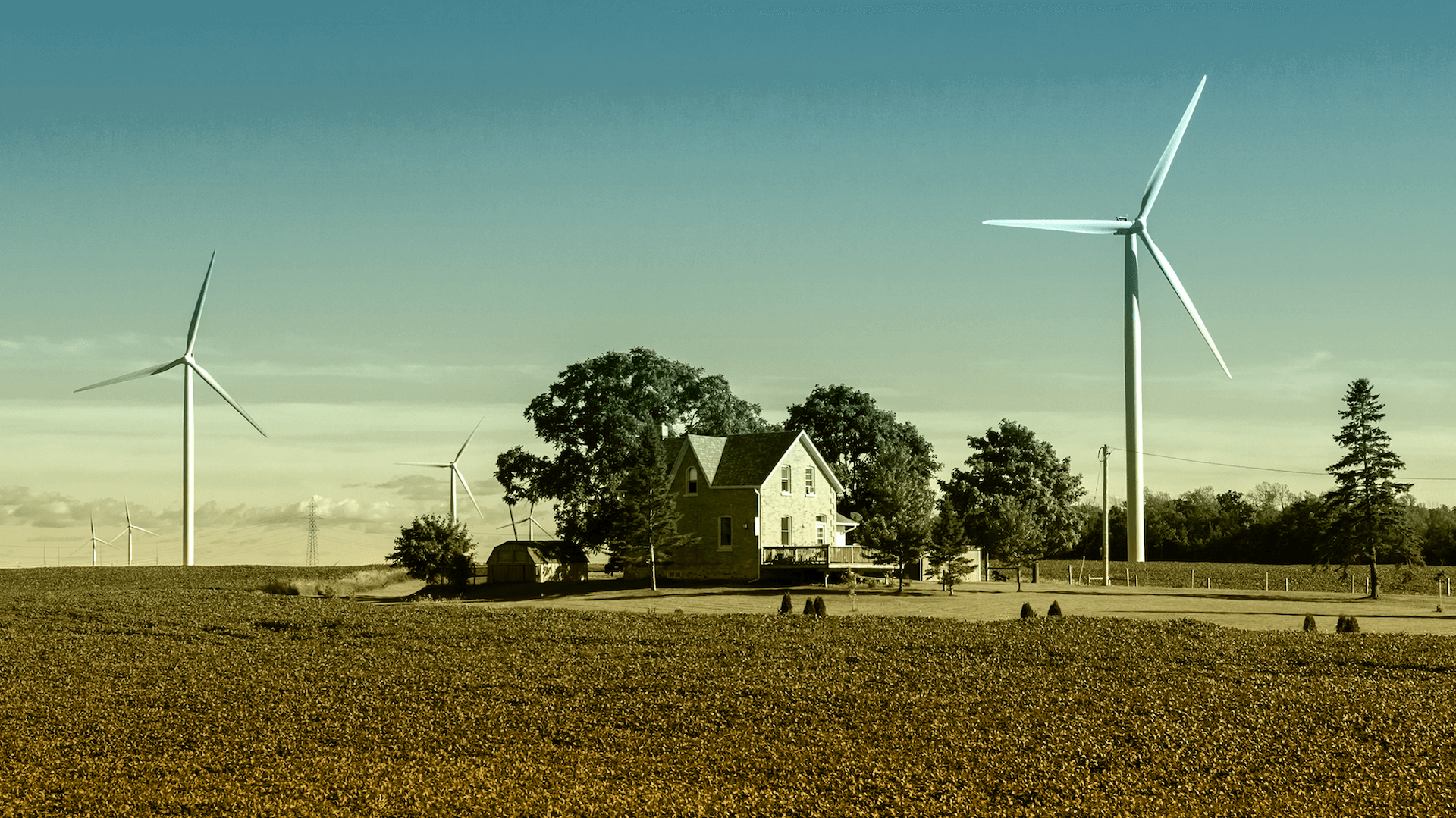Is a Home Wind Turbine Right for You
Have you ever felt the Texas wind blowing through your hair, and wondered if those gusts could be used to power your home? If you have, you’re not alone. As the world shifts to renewable energy, many Texans are exploring options beyond the familiar solar panels, and considering the untapped potential of wind energy right at home.
Wind turbines, once only used in wind farms, are now becoming a more accessible option for homeowners. In this article, we’ll tell you all you need to know about home wind turbines, weighing their pros and cons to help you decide if they’re the right choice for you.
The Evolution of Wind Energy
From the ancient windmills used in Persia for grinding grain to the picturesque windmills of the old European countryside, harnessing wind for energy has been a global journey. Driven by the need for sustainable energy, the 20th century saw these traditional structures evolve into massive, electricity-generating turbines. Today’s home wind turbines are far more compact yet still powerful, standing as a testament to how this technology has advanced through the centuries.
Why Use Wind Power in Texas?
Texas, with its vast landscapes and consistently high wind speeds, is a great location for tapping into wind energy and achieving some level of energy independence. Wind turbines can reduce reliance on traditional power grids and potentially offer savings on electricity bills.
They might also be a better option than solar panels in some cases. While solar panels are an excellent source of renewable energy, inconsistent sunlight can dampen their efficiency. In contrast, wind turbines can generate power even during cloudy days and nighttime, making them a more consistent energy source for some homeowners.
By investing in a home wind turbine, Texas homeowners could potentially generate several kilowatt-hours of clean energy daily (depending on factors like wind speed and the turbine’s capacity), reducing their electricity bills and their reliance on traditional power sources.
Debunking Wind Turbine Myths
Don’t let misconceptions about wind energy cloud your judgment. Let’s set the record straight about a couple of common myths that might be standing in your way of clean energy.
- They’re loud. False! Although one common myth about wind turbines is that they’re noisy, modern residential wind turbines are designed to run quietly. You might even forget they’re there.
- They take up a lot of space. Also untrue. While they need clear space for optimal performance, many models are compact and designed to work for different property sizes.
Base a big decision like this on the facts, especially when considering an investment like a wind turbine.
Different Wind Turbines for Every Texas Terrain
For Texans considering the shift to renewable energy, it helps to understand the types of wind turbines they have to choose from. Each type has its own unique advantages, and depending on your location in the vast state of Texas, one might be more suitable than the other.
Horizontal-Axis Wind Turbines (HAWTs)
These are the classic windmill-style turbines you’re likely picturing. Efficient and robust, they can capture a significant amount of wind.
In the open plains of Texas, where there tends to be a strong prevailing wind direction (like in the High Plains city of Lubbock), HAWTs can be a top choice. But, in areas with variable wind directions — including Corpus Christi, which is subject to the Gulf Coast’s sea breezes and frontal weather systems — other types of turbines might be a better choice.
Vertical-Axis Wind Turbines (VAWTs)
VAWTs capture wind from all directions, making them suitable for areas with shifting wind patterns. Some Texas cities where these might be a good option include Corpus Christi (as mentioned above), Brownsville (in the Rio Grande Valley, where the wind can be strong but variable), and Houston (where the many trees and buildings can disrupt airflow patterns).
Their compact design also means VAWTs can be placed closer to the ground, potentially making them a good fit for homeowners with limited space.
Free-standing or Monopole Towers
These towers stand tall without external support. Their sleek design makes them ideal for off-grid Texas homes with minimal space to spare. With the right inverter, they efficiently convert wind into energy, and you can even buy affordable kits on platforms like Amazon.
Free-standing towers are typically taller than monopole towers, which allows them access to stronger winds — but they can also be more expensive to build and maintain. But even though monopole towers might be more cost-effective, they may not be suitable for all locations because they are not as strong as free-standing towers.
A few other types of wind turbines to look into include:
- Guyed towers: Anchored by guy wires, these are lightweight and cost-effective. They’re popular because they’re budget-friendly, and can tap into varying wind altitudes.
- Tilt-up towers: These can be raised or lowered, making maintenance a breeze.
- Lattice towers: Their open design allows wind to pass through them, reducing stress during high winds.
Navigating Wind Energy Challenges in Texas
While the Lone Star State offers vast landscapes and wind-rich areas, homeowners may need to contend with specific regulations and environmental factors to make the most of their wind turbines. Here are some potential roadblocks to be aware of, and how to handle them.
Zoning laws
Texas zoning laws vary from one municipality to the next. Before investing in and installing a wind turbine, check with your local city and county officials to understand their requirements and restrictions. For instance, some areas might have height restrictions, setback requirements, or even aesthetic guidelines.
Homeowners association (HOA) rules
If your community is governed by HOAs, additional rules might apply. Texas HOAs often have guidelines about the appearance, size, and location of structures like wind turbines. Before making any decisions, review your HOA’s bylaws or consult with association representatives to make sure you can comply.
Wind speed
Wind speed is a critical factor in the amount of energy your wind turbine will be able to produce. While Texas boasts several wind-rich regions, especially in the Panhandle and West Texas, not all areas have the wind power needed to generate enough electricity for your home.
Before investing, assess the average wind speeds in your location. Sites with consistent wind speeds of at least 10 mph are typically considered suitable for wind turbine installations.
Costs and Benefits of Home Wind Turbines in Texas
Let’s break down the costs, benefits, and available incentives for Texas homeowners.
Initial Investment and Potential Savings
The upfront cost of a home wind turbine power generator can vary once you account for factors like wind speed and turbine type. For instance, a small wind turbine might be more affordable and suitable for home use, while a residential wind turbine designed for high wind areas might come with a heftier price tag.
However, the potential savings on your electricity bill can add up over time. By producing clean energy, homeowners can reduce their reliance on the electric grid, leading to lower energy bills and a more cost-effective home energy solution.
Texas Incentives and Tax Credits
Texas offers a range of incentives, tax credits, and rebates to encourage homeowners to adopt wind power. Check the Database of State Incentives for Renewables & Efficiency (DSIRE) to look for Texas-specific incentives that can significantly reduce the cost of your wind turbine, making it a more affordable and attractive option.
DIY vs. Professional Installation
If you’re handy, the idea of installing a wind turbine yourself might sound appealing. While DIY installation can help you save on upfront costs, it’s very risky. Wind turbines need to be positioned correctly to harness maximum wind power, and any missteps can lead to inefficiencies or even safety hazards. Opt for professional installation to make sure that your turbine is set up correctly, safely, and efficiently from the get-go.
Wind Turbines and Solar Power: A Perfect Pair
Texas offers a unique opportunity for homeowners to harness both solar and wind energy. Its sunny days and windy landscapes let you generate power even when the sun isn’t shining or the wind isn’t blowing. Hybrid systems that integrate both wind and solar energy sources can maximize energy production and ensure a consistent and reliable power supply.
If you’re considering solar panels, a Maximum Power Point Tracking (MPPT) charge controller can help them operate at peak efficiency and get you the maximum power even on cloudier days in Texas.
Blown Away? Making Your Wind-Powered Decision
Now that you know about the history, types, and challenges of home wind turbines, you can decide if they’re right for you and your family. If you can’t get enough renewable energy from wind alone, consider combining wind turbines with solar panels to further reduce your reliance on fossil fuels. With every Texas breeze, you could be a step closer to a more sustainable home.
What our customers are saying
See why our power customers say we're the best electricity provider in Texas!
I was worried about getting electricity for my home through a prepaid company. I was calling around to see different rates then going through all the hassle of credit checks while dropping points each…
I have been with this company for several years and have been very happy since. Even when I moved, they made my usually stressful situation very easy and carefree. I recommend them to everyone that I…
I have enjoyed the service for 2 years now. In the beginning this service was planned to be temporary but with the service being so effective for me i decided to keep it for the long haul. I’m a happy customer.






